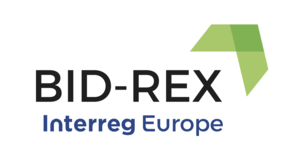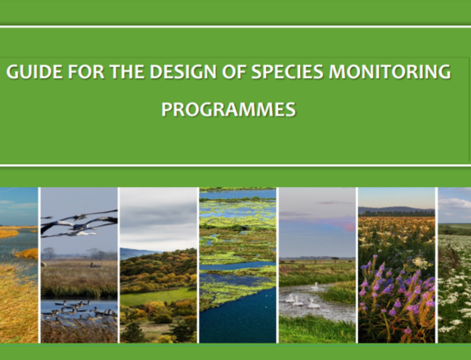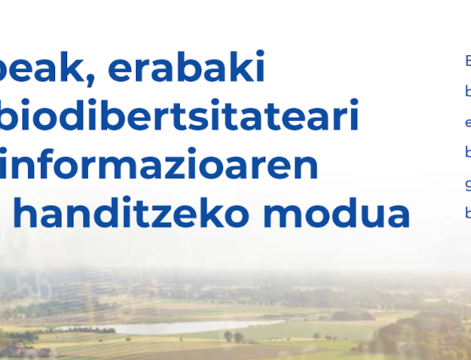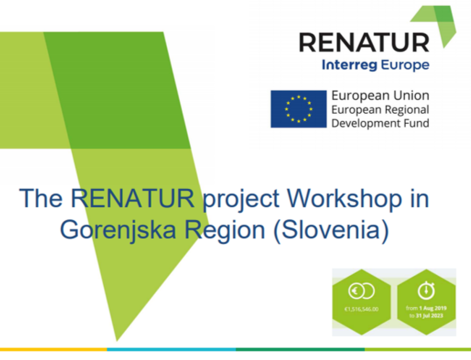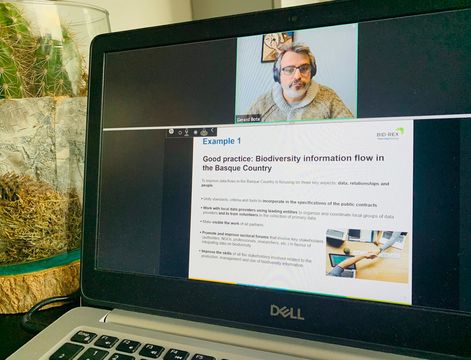The main ideas resulting from the first BID-REX interregional workshop - 'Information needs for decision makers' - has been published in the first Key Lessons Brief, available on the BID-REX website.
In a decision-making process, multiple factors - not only ones relating to biodiversity - are interacting and influencing the final decision. In this context, it is critical that biodiversity information is adjusted to meet the needs and demands of the decision maker from early in the process to maximise impact and increase its influence in the final decision. This is the idea developed into the first KLB.
Reinforcing some of the ideas and recommendations explained in this document, some examples of good practices from regional partners were added as case studies, including SITxell.
SITxell is a GIS scheme based on scientific information to be used in land planning at different scales to ensure conservation of natural values and sustainable use of land. This project from Catalonia clearly understood end-users' information needs to create a good biodiversity information infrastructure. Its managers also provide an effective feedback to data providers to ensure long-term data provision.
Partners from Marche Region and Hungary were inspired by SITxell and now are trying to replicate this in their own regions. SITxell has also been included into the Interreg Europe Policy Learning Platform and is available to any interested administration.
Thematic workshops, as the main way of exchanging information, are the principal axis of BID-REX's work plan. The topics of the exchange activities follow a clear linear and interrelated flow starting from the needs of the regions, going through the tools and methodologies and ending with the impacts on policies.
In addition, to exchange inspirational good practices between project partners, BID-REX aims to provide some guidance to interested audiences beyond the project. To achieve this, a Key Lessons Brief is published after each thematic workshop to disseminate the main workshop's outputs and the identified good practices.
